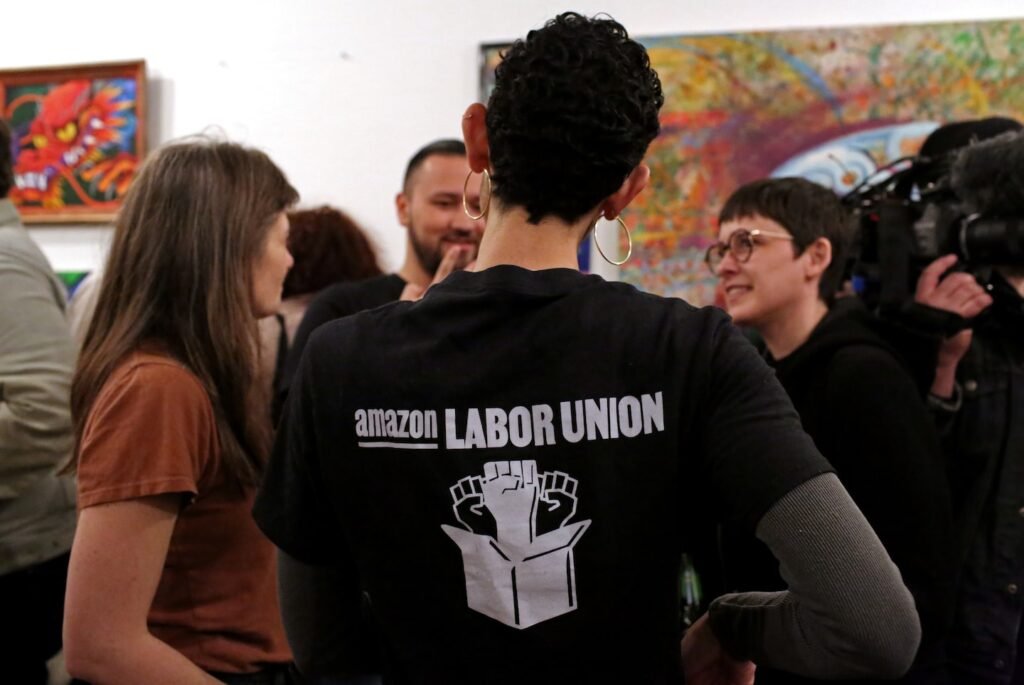from the back-from-the-dead dept
Before the Biden FCC restored net neutrality, there was concern that the new net neutrality rules weren’t as tough as the ones discarded by the Trump administration. While the draft rules did require ISPs be transparent about the limits of your broadband connection, and barred big ISPs from blocking or throttling competitors, there were concerns they still allowed ISPs to create preferential “fast lanes.”
More specifically, Stanford Professor Barbara van Schewick expressed concerns that the rules failed to prohibit wireless providers from using 5G network slicing to put certain apps in select “fast lanes” to the detriment of others. This, she argued, could “limit user choice, distort competition, hamper startups, and help cement platform dominance.”
While some consumer groups denied this was a problem, the FCC apparently listened to van Schewick’s concerns. The final FCC net neutrality order replaces the originally vague language on fast lanes with more concrete verbiage, according to a statement by van Schewick:
“The final Order ensures that ISPs cannot evade the no throttling rule with these kinds of fast lanes. The final order makes clear that the no throttling rule prohibits ISPs from speeding up as well as slowing down apps or categories of apps. That’s because treating some favored applications better than others has the same effect as slowing down disfavored apps – it makes it harder for the disfavored apps to compete. This violates a core net neutrality principle – that ISPs should not be allowed to pick winners and losers online.”
The concern was that putting certain apps and services in preferential fast lanes would inherently disadvantage others (especially nonprofits or startups without the money to gain network favor). It’s great that the FCC not only restored net neutrality, but did so without bending to relentless lobbying pressure to create giant new loopholes in the rules. I genuinely wasn’t sure that would happen.
Now, however, a game of cat and mouse begins where giant ISPs try their best to push their luck when it comes to winning competitive advantage and nickel-and-diming consumers, and the FCC is tasked with actually consistently enforcing the rules. And should there be a second Trump Presidency, it’s all but certain that the rules at best won’t be enforced, and at worst will be eliminated again.
But here’s the thing: the Trump FCC’s original net neutrality repeal not only tried to gut federal oversight of telecom, it attempted to ban states from protecting broadband consumers entirely. But the courts have repeatedly and clearly shot down that effort, arguing that the FCC can’t abdicate its responsibility over broadband consumer protection, then turn around and tell states what to do.
That means that should a future Trump or Republican FCC strip away federal net neutrality rules, the legal framework is in place for states to fill the consumer protection void. And there’s still a lot of work on that front, since neither state nor federal policymakers seem all that interested at taking direct aim at the real problem: regional monopolistic consolidation and the corruption that protects it.
Filed Under: 5g, barbara van schewick, broadband, competition, fast lanes, fcc, high speed internet, net neutrality












